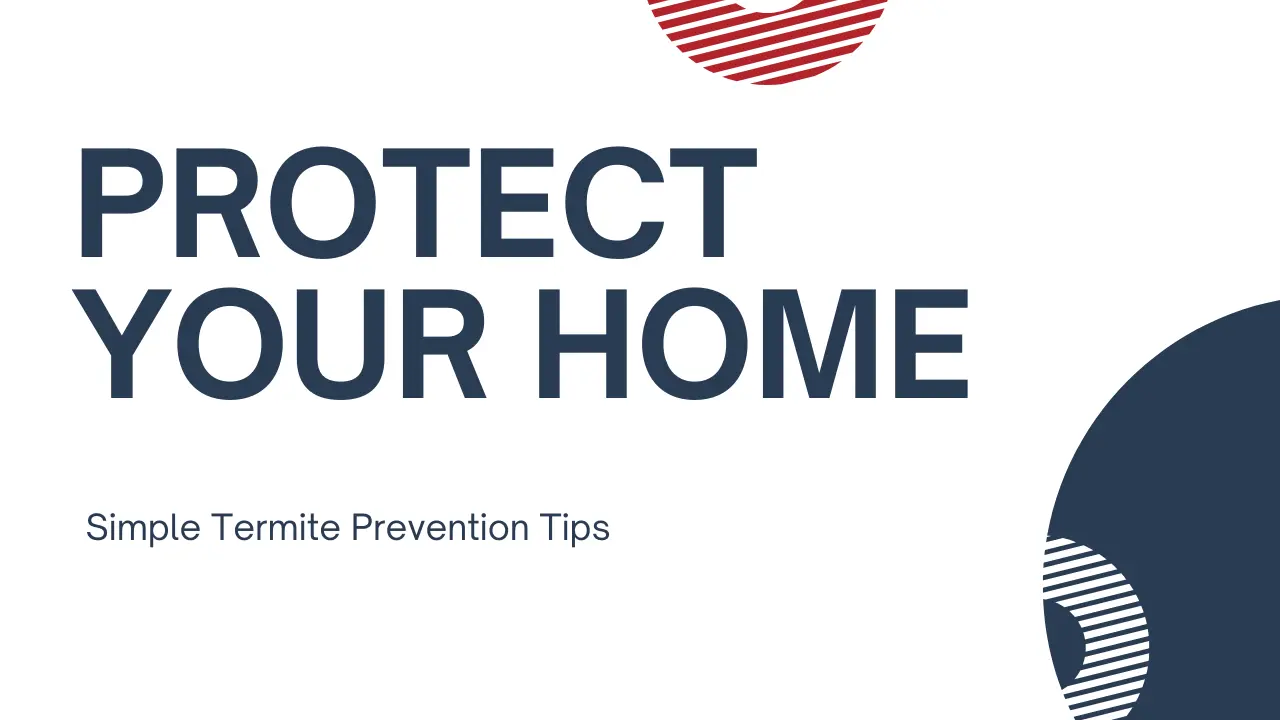Protect Your Home: Simple Termite Prevention Tips

Why Termite Prevention Matters
Termites are among the most devastating pests a homeowner can face, causing billions of dollars in property damage across the United States each year. What makes these pests particularly dangerous is their silent and secretive approach. While they consume wood from within, their destructive habits often go unnoticed until significant damage is already done. Investing in solid prevention now protects your home and wallet in the long run. Homeowners seeking peace of mind should understand the value of proactive termite control in Gaston County, NC, to stop infestations before they begin.
The monetary and structural losses that termites can inflict are immense, often rivaling the costs associated with natural disasters. Unlike storms or fires, termite invasions are largely avoidable through early intervention and careful planning. By learning the basics about termite behavior and risk factors, any homeowner can take control of their property’s defense and avoid future headaches.
Spotting the Signs of Termites
Early identification is essential to halting termite activity before irreparable damage occurs. Classic warning signs include discarded termite wings near windowsills and doorways, often suggesting a recent swarm. Another telltale sign is the appearance of mud tubes—small, pencil-sized tunnels constructed along your home’s exterior or interior walls. These tubes function as protected pathways for termites, typically between the soil and their wood food source. Listen closely for a hollow sound when tapping wood beams, floors, or walls, as termites hollow out wood from the inside.
Unfortunately, these signs can appear after termites have already set up residence, highlighting the importance of regular checks around your property. Proactive vigilance, such as examining the perimeter of your home monthly and being aware during renovations or construction, increases your chance of catching termites early on.

Eliminating Moisture to Deter Termites
Termites thrive in moist conditions, making it crucial for homeowners to address any water-related issues around their property. Start by inspecting and repairing leaky plumbing, as even small drips beneath sinks or behind walls can create an attractive habitat for termites. Ensure gutters and downspouts are free of debris and that they channel water well away from the foundation. Standing water around your home’s base or in crawl spaces should be promptly addressed, as these areas are prime locations for termite colonies.
Ventilation is also key. Properly ventilated crawl spaces and attics discourage excess moisture buildup. Consider installing vapor barriers or dehumidifiers in troubled areas. Together, these small upgrades can vastly reduce the conditions that termites need to survive and multiply.
Safeguarding Your Wood Structures
Wood that comes into direct contact with soil is an open invitation for termites. To minimize risk, maintain an 18-inch gap between soil and any wooden part of your home, such as decking, siding, or support beams. Use concrete or steel barriers where possible to raise structures above ground level. If you store firewood, lumber, or wooden garden accessories, keep them elevated and positioned well away from your exterior walls—even a simple shelf or platform is better than leaving wood directly on the ground.
For construction or renovation, opt for treated wood or termite-resistant building materials. Maintenance is equally important—inspect outdoor wooden structures annually for cracks or damage. Swift repairs seal off potential entry points and extend the life of your investment.
Landscaping Tips to Reduce Risk
Thoughtful landscaping can make a big impact on termite prevention. While excellent for moisture retention in gardens, Mulch should be used sparingly near your foundation. Mulch can create a bridge for termites to cross from soil to home, so leave a clear border between mulch beds and structural wood. When planting shrubs or flowers, keep them well-trimmed and at least several inches from the house’s walls, promoting airflow and quick-drying of any surface moisture.
Drainage is equally important outdoors. Ensure that soil slopes away from the foundation to keep rainwater from pooling. Remove fallen leaves and woody debris regularly, as these materials can serve as nesting grounds for termites. These landscaping strategies, while simple, collectively lower your chances of a termite invasion.
Keeping an Eye Out: Regular Inspections
Even the most meticulous homeowner can miss subtle signs of termites, underscoring the importance of periodic inspections. National pest control experts recommend a thorough review of your property at least once per year, especially in areas where termite activity is high. Focus on basements, crawl spaces, and any place where wood meets soil. Use a flashlight to check for mud tubes and gently prod wood with a screwdriver to spot hidden damage.
For comprehensive insight, consider hiring a licensed pest professional every few years. These professionals can identify less obvious vulnerabilities and advise on long-term solutions. According to HGTV’s guide to termite inspections, this proactive investment is one of the most effective ways to catch issues before they escalate.
DIY Versus Professional Help
Homeowners who enjoy a hands-on approach can tackle many aspects of termite prevention, including barrier treatments, do-it-yourself bait stations, and vigilant landscaping. These routine efforts create essential layers of defense against termites. However, if you discover active termites or sizable damage, it’s time to call experts equipped with advanced tools and proven treatment systems. Professional pest control providers employ tailored strategies and monitoring that a DIY approach can’t match, offering peace of mind and a protection guarantee.
Additional Resources on Termite Control
Staying informed is the first line of defense against termites. Reliable sources such as the United States Environmental Protection Agency offer comprehensive information on identification, prevention, and control methods, empowering you to make smart decisions for your home. Contact local cooperative extension offices for region-specific advice, and don’t hesitate to participate in online community discussions where neighbors share tips and experiences. With the right knowledge and a proactive mindset, managing termite risks is entirely within your reach.











